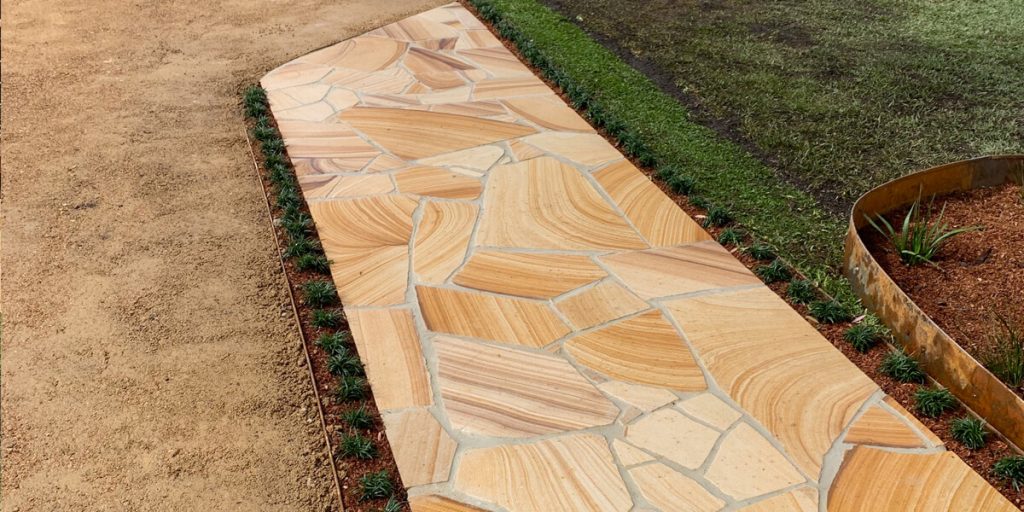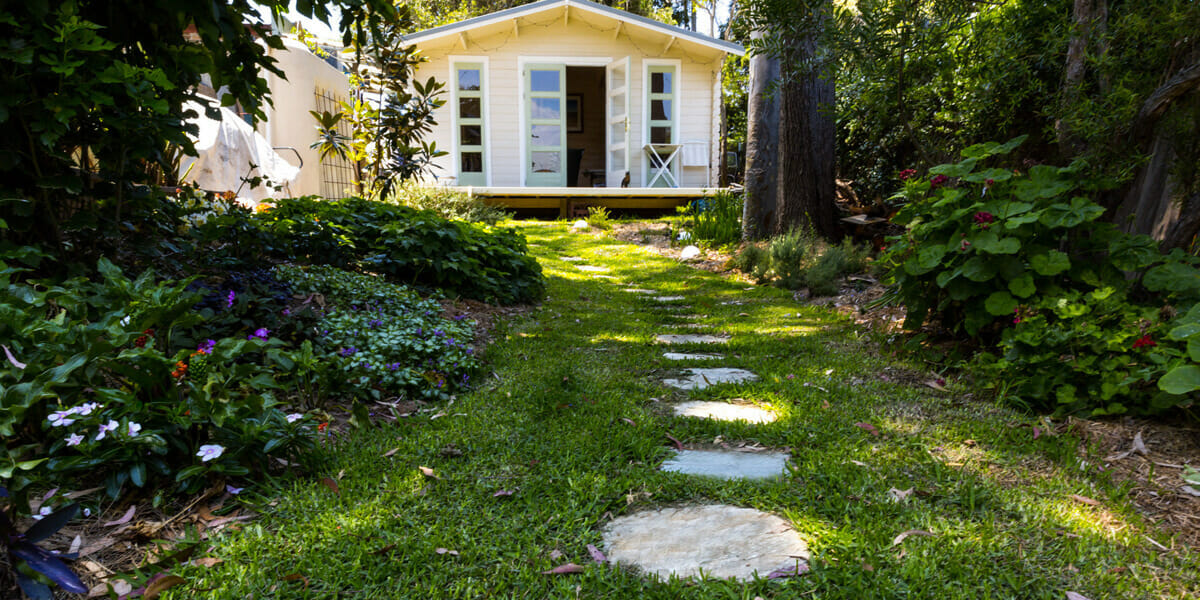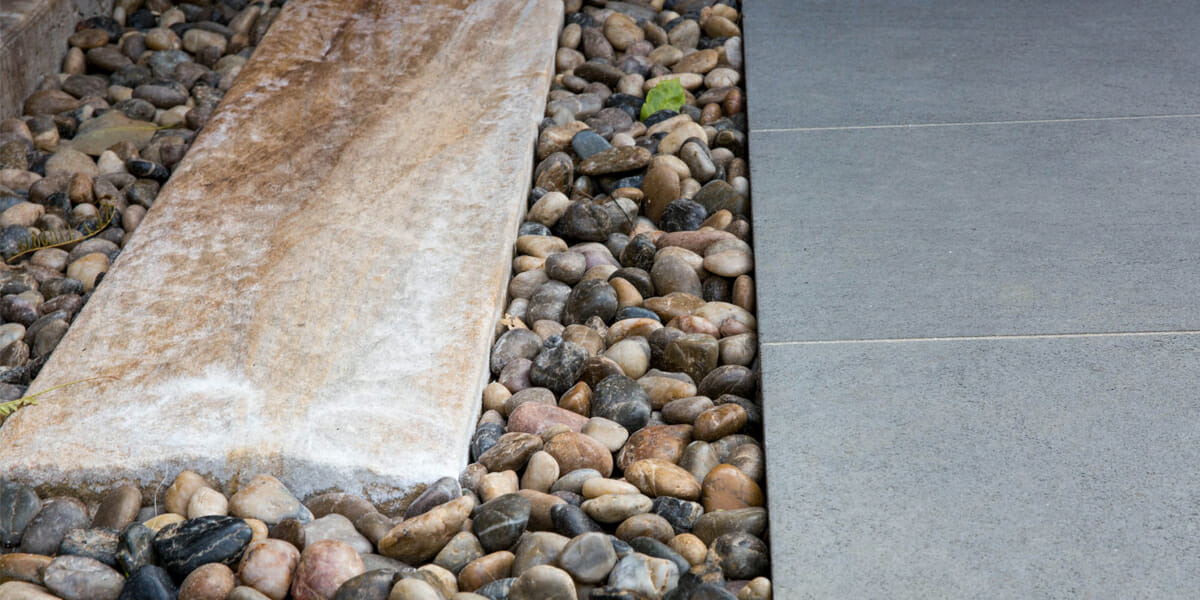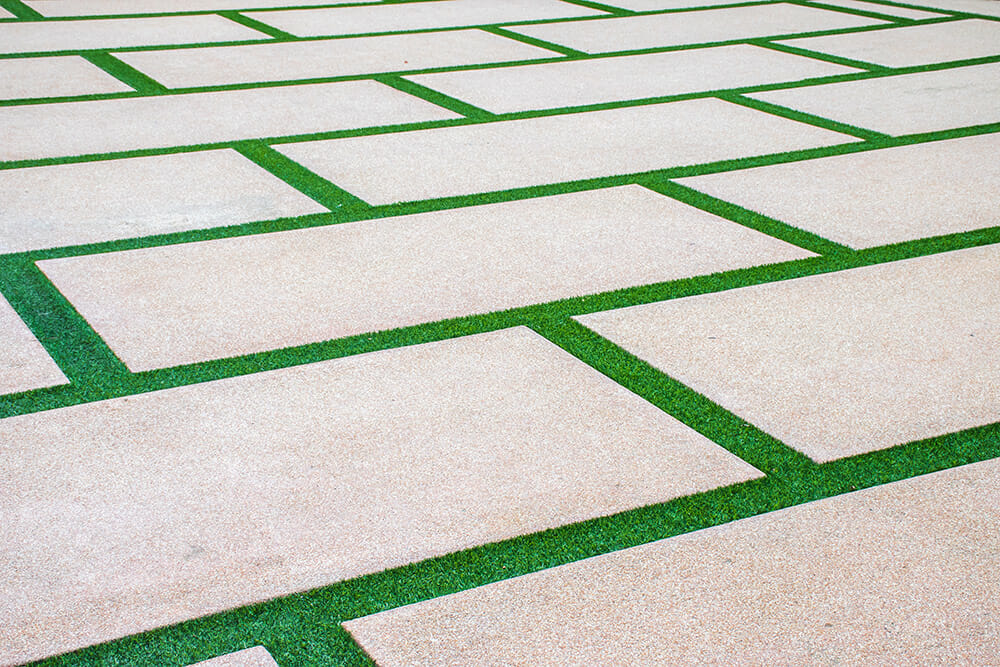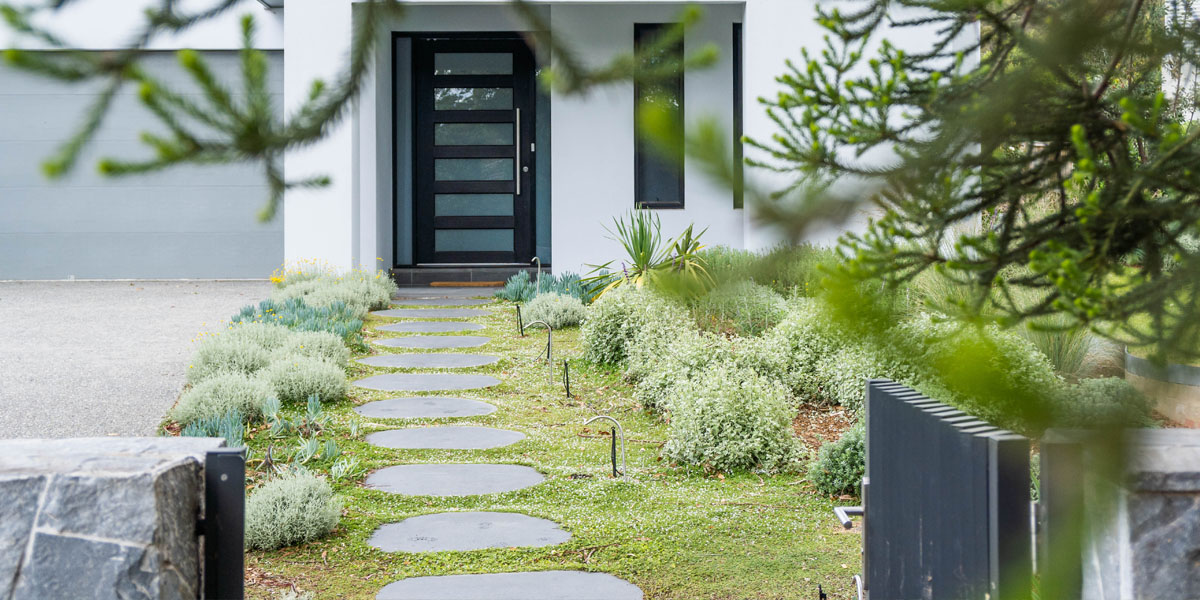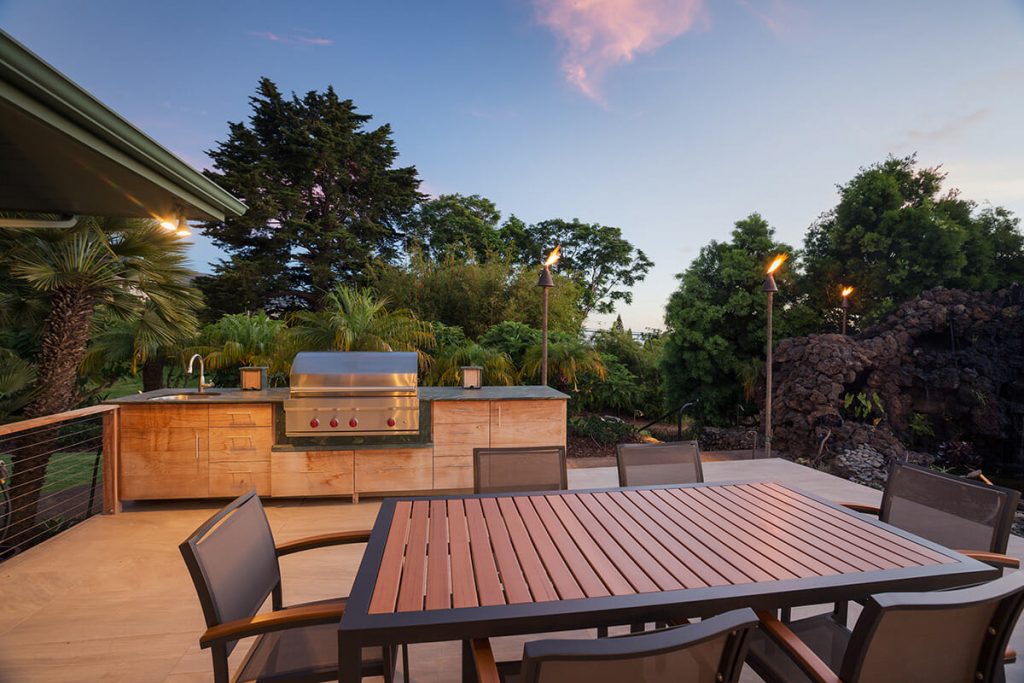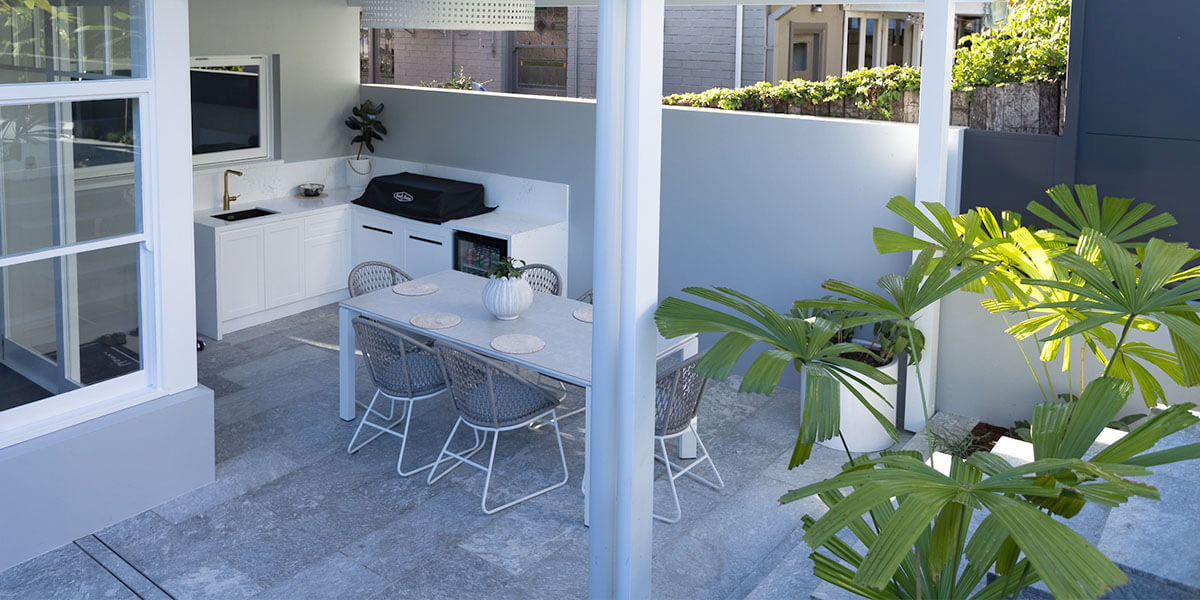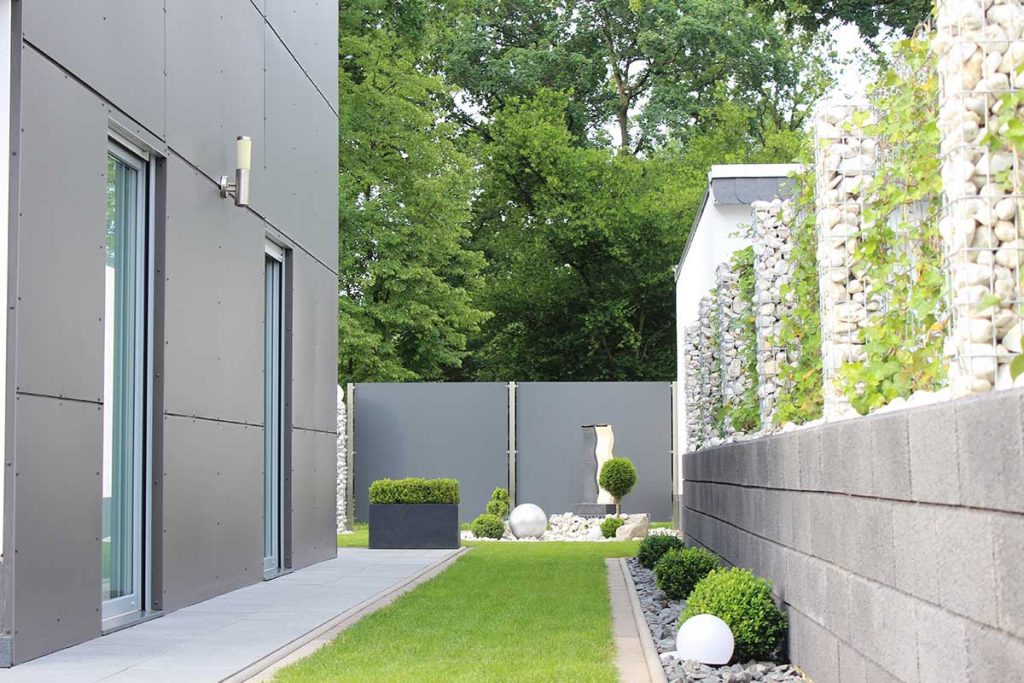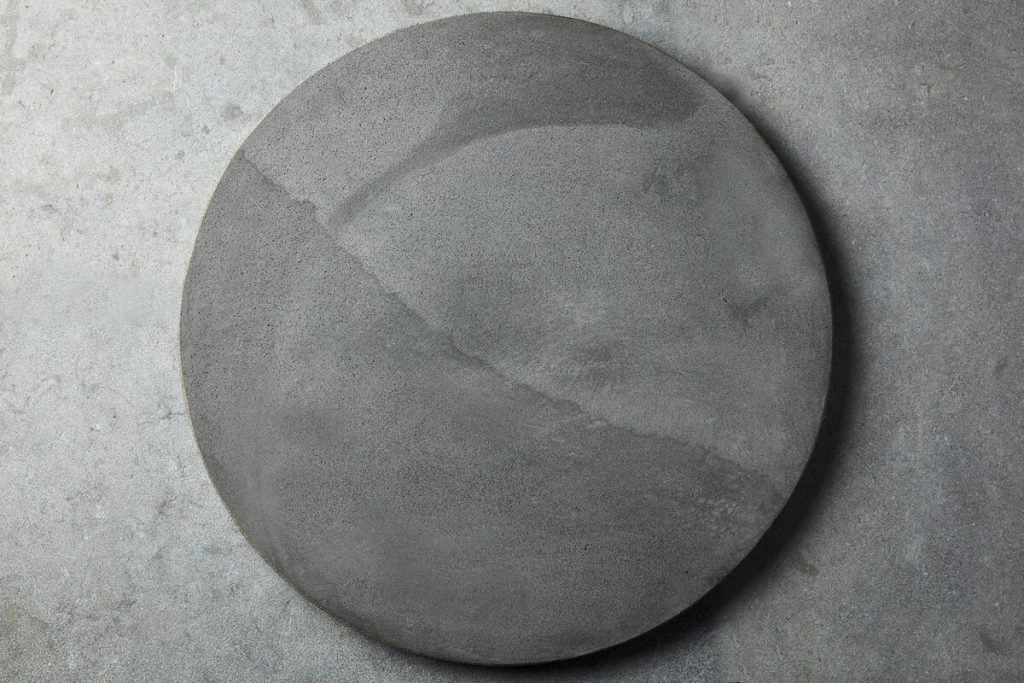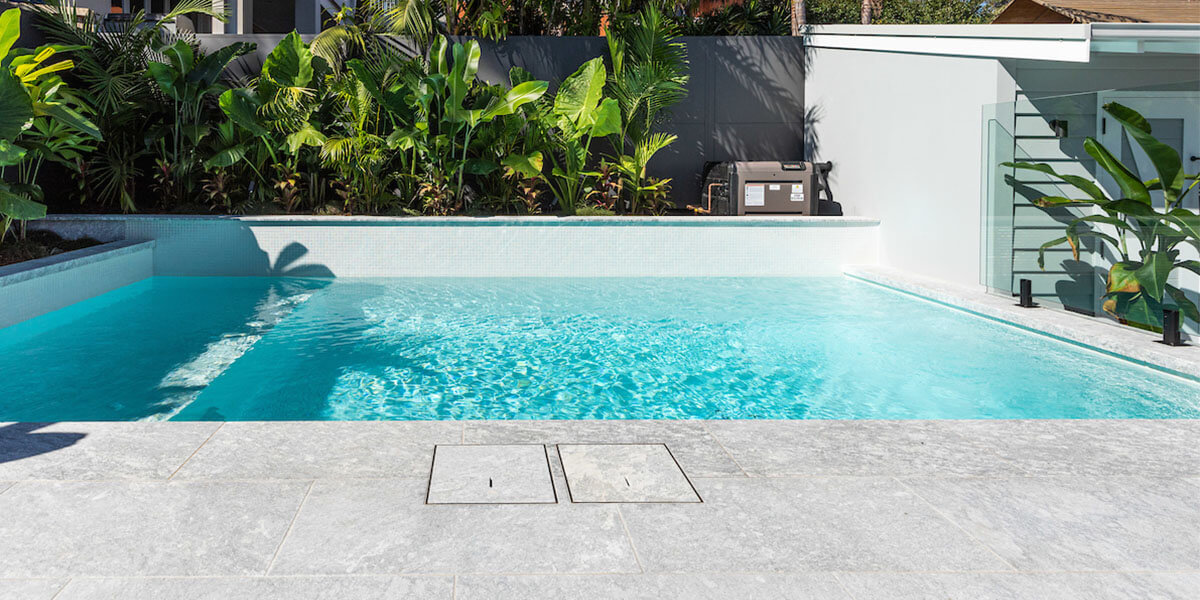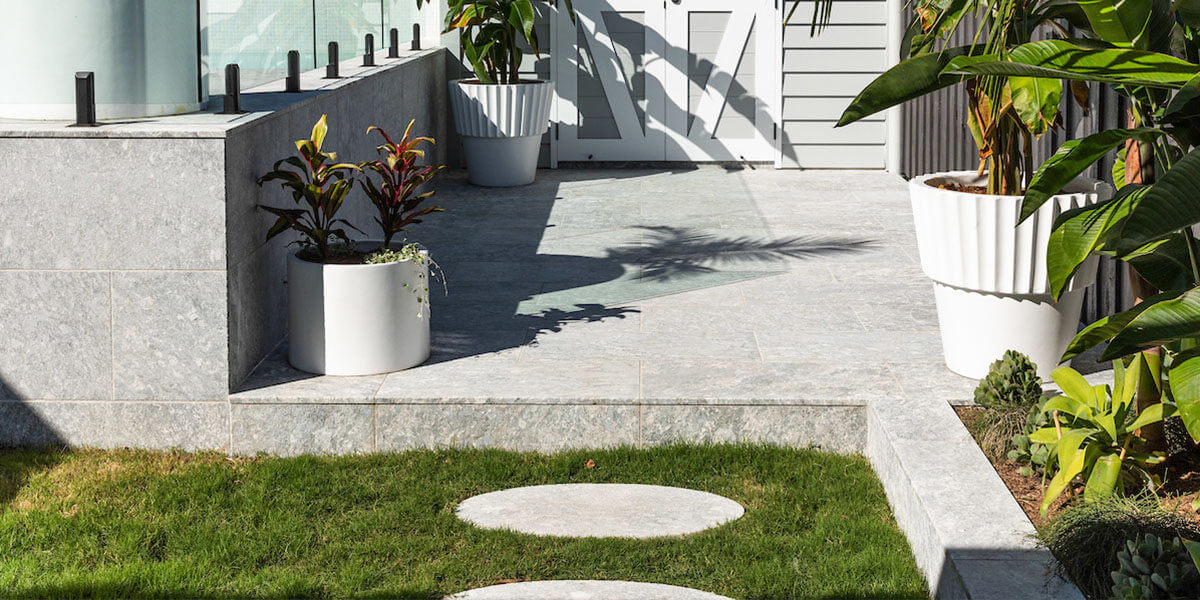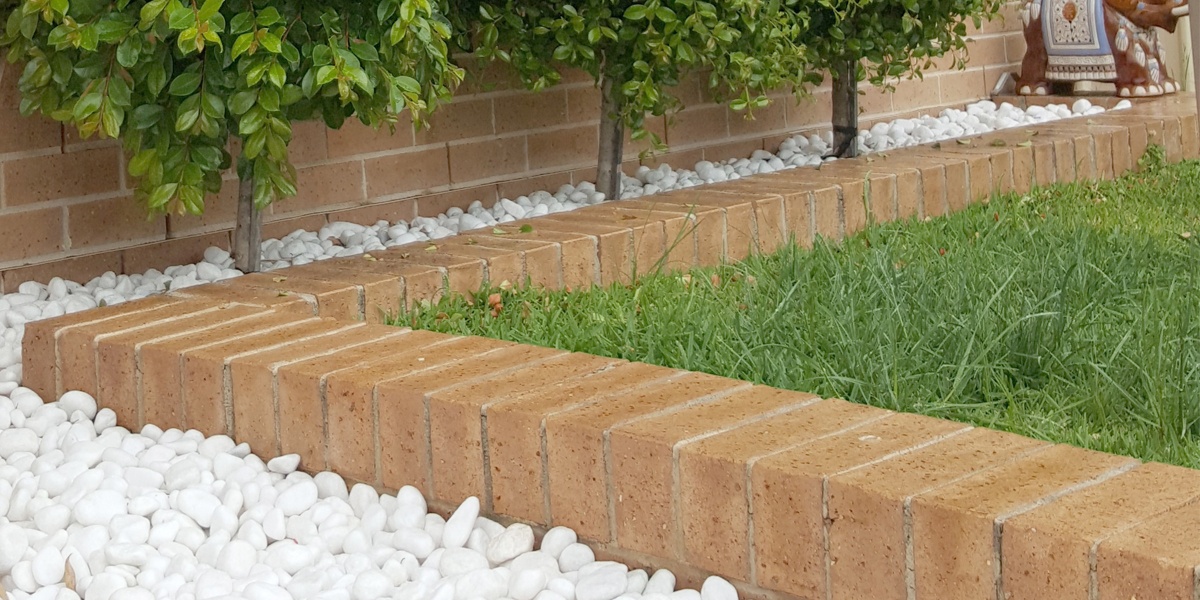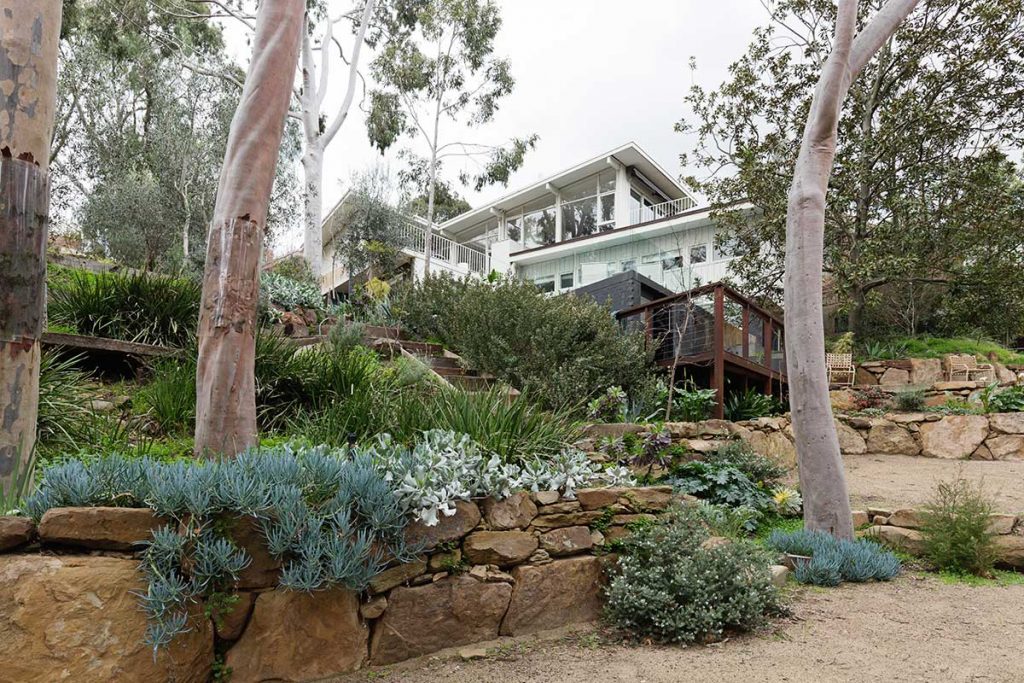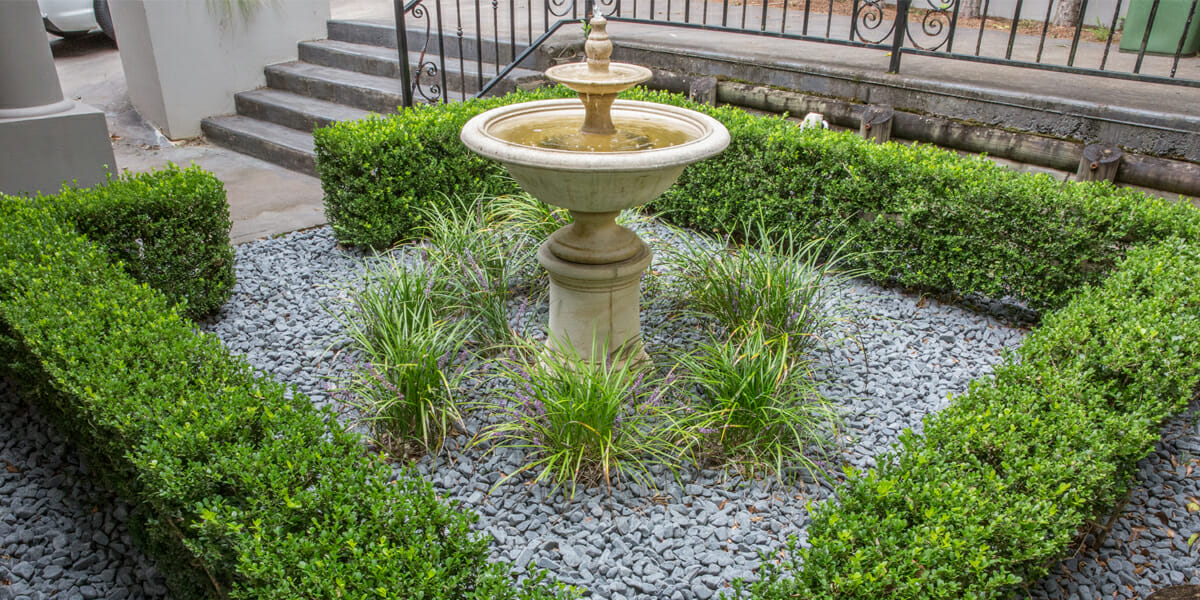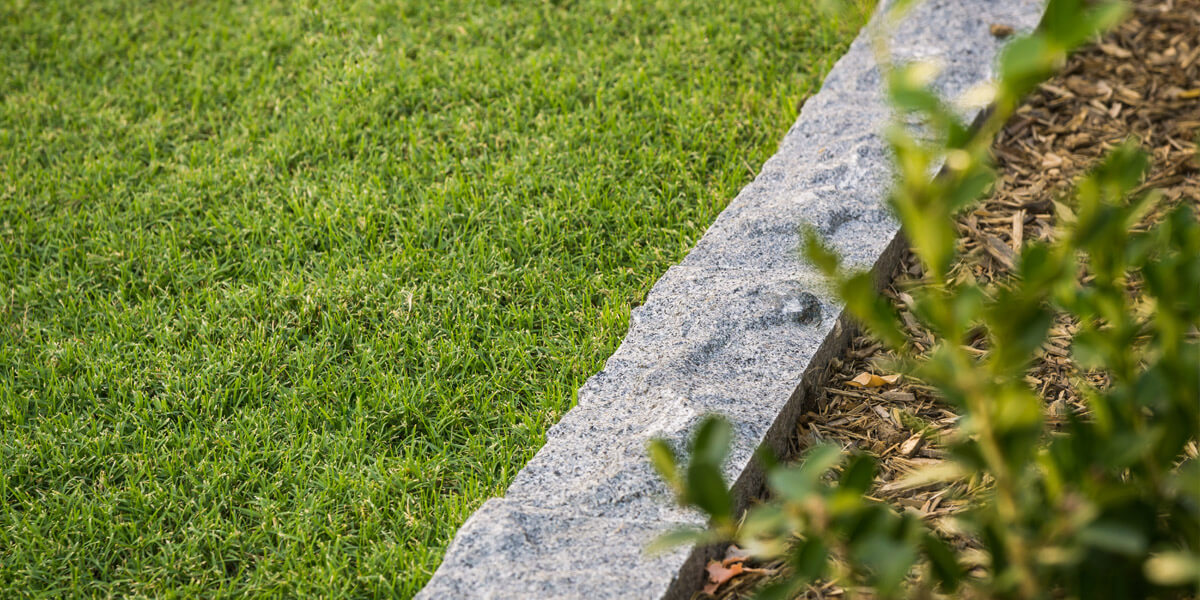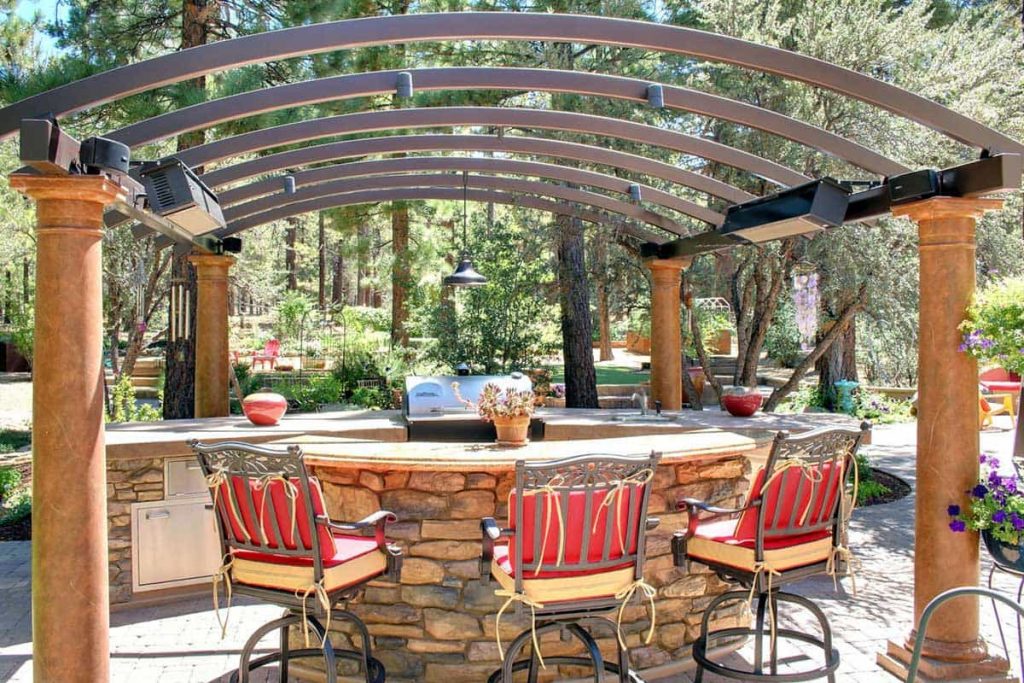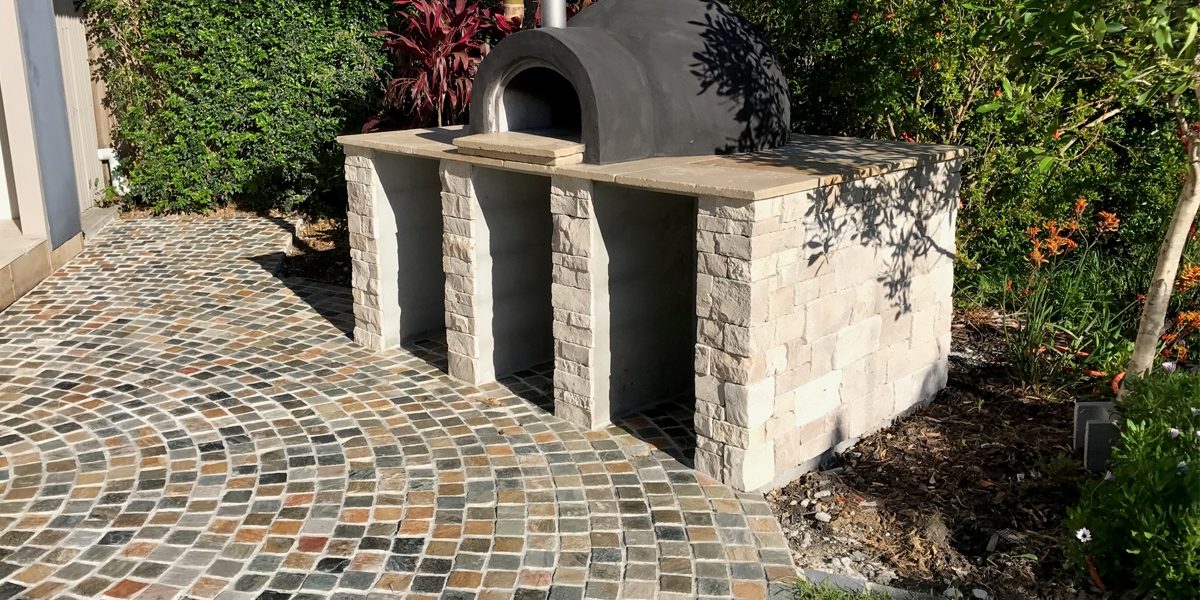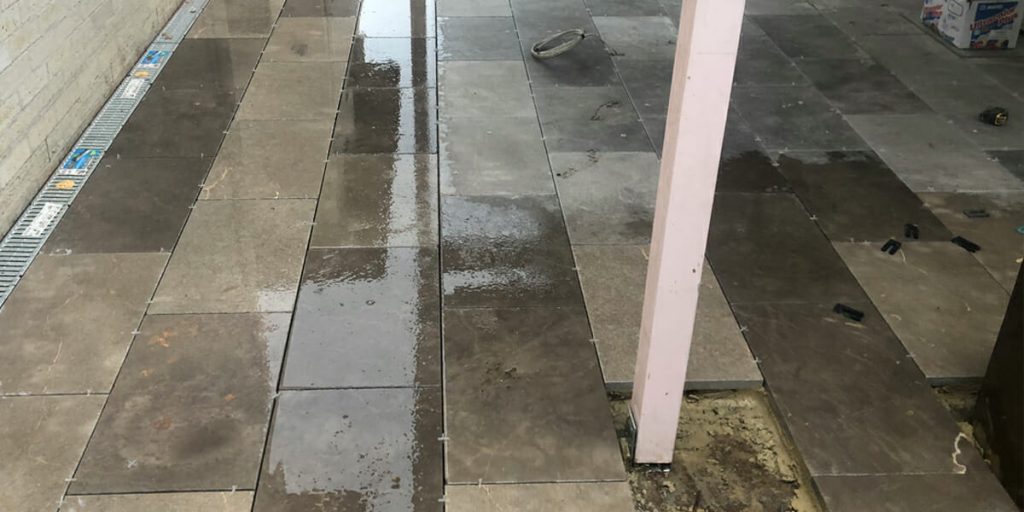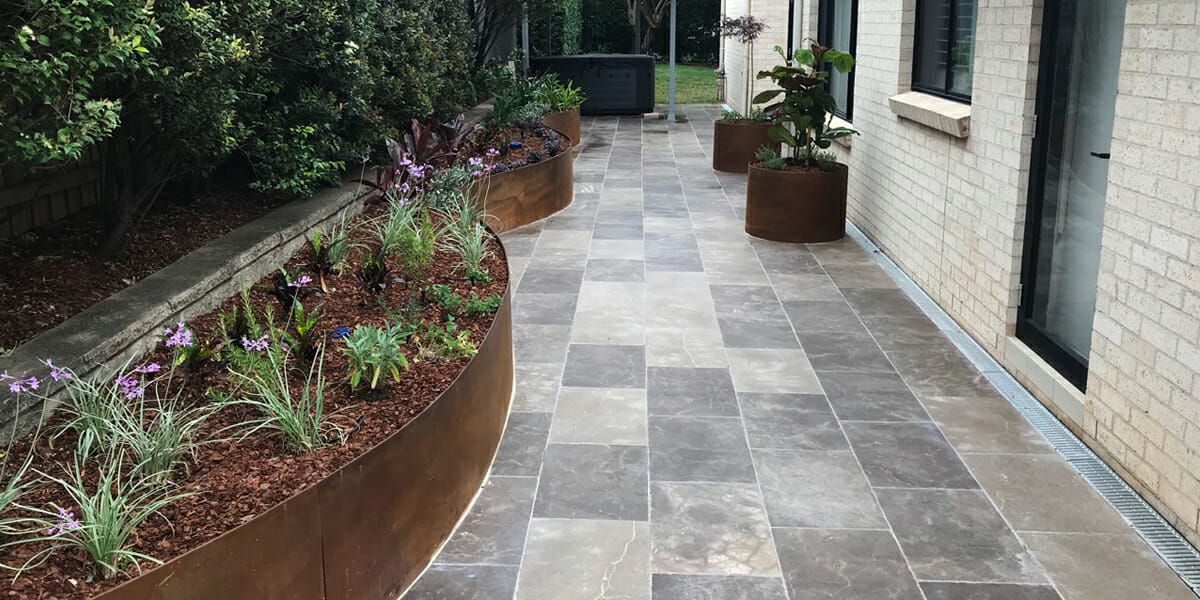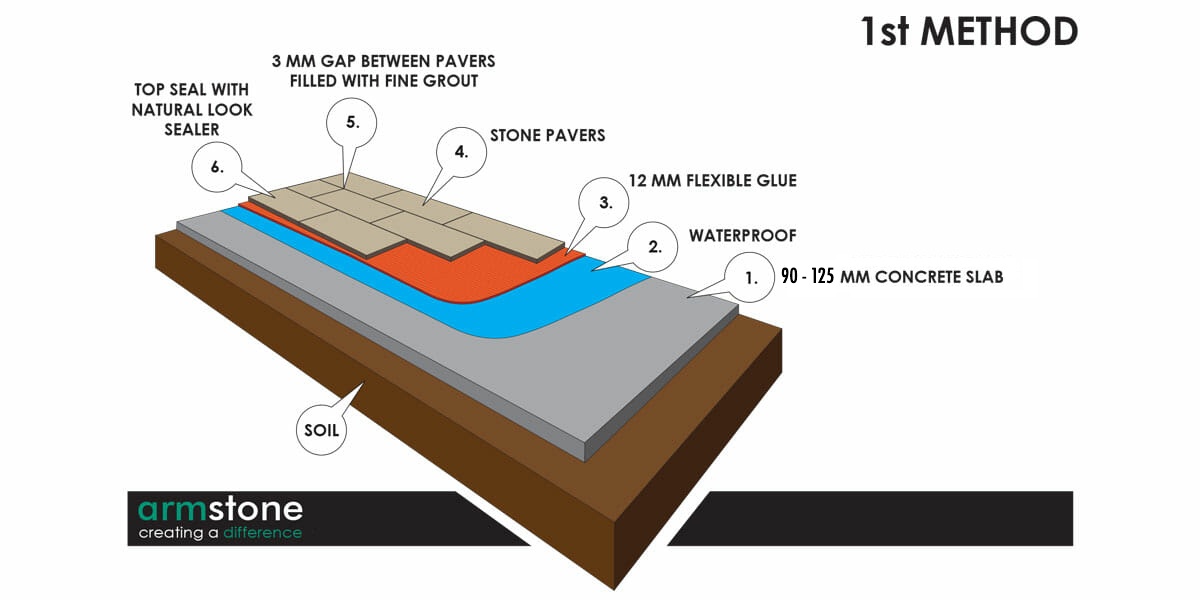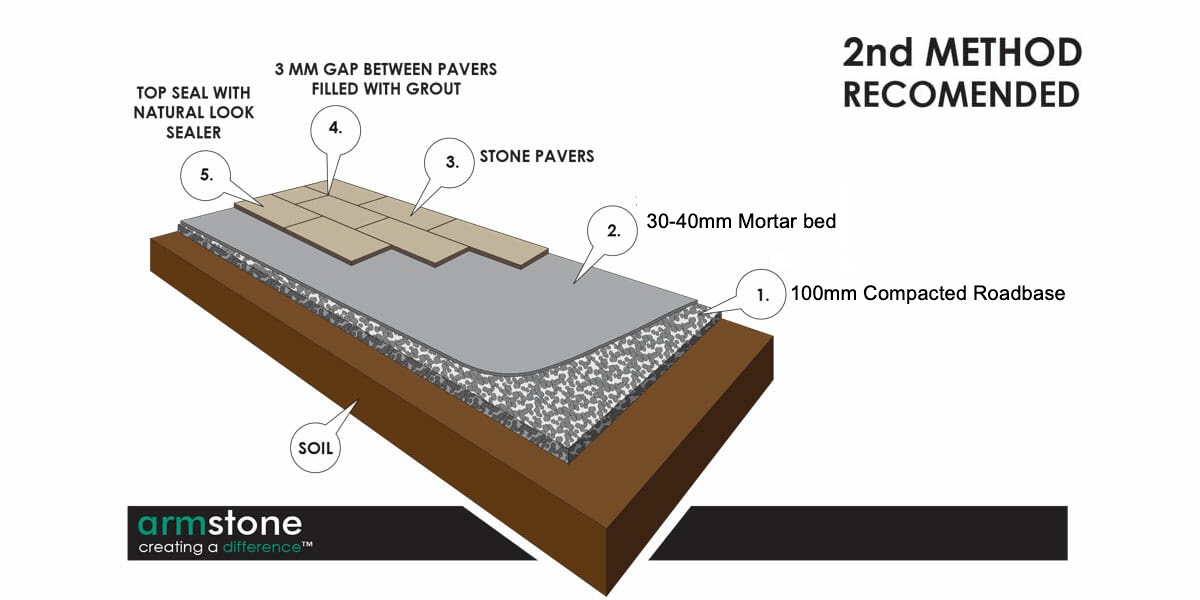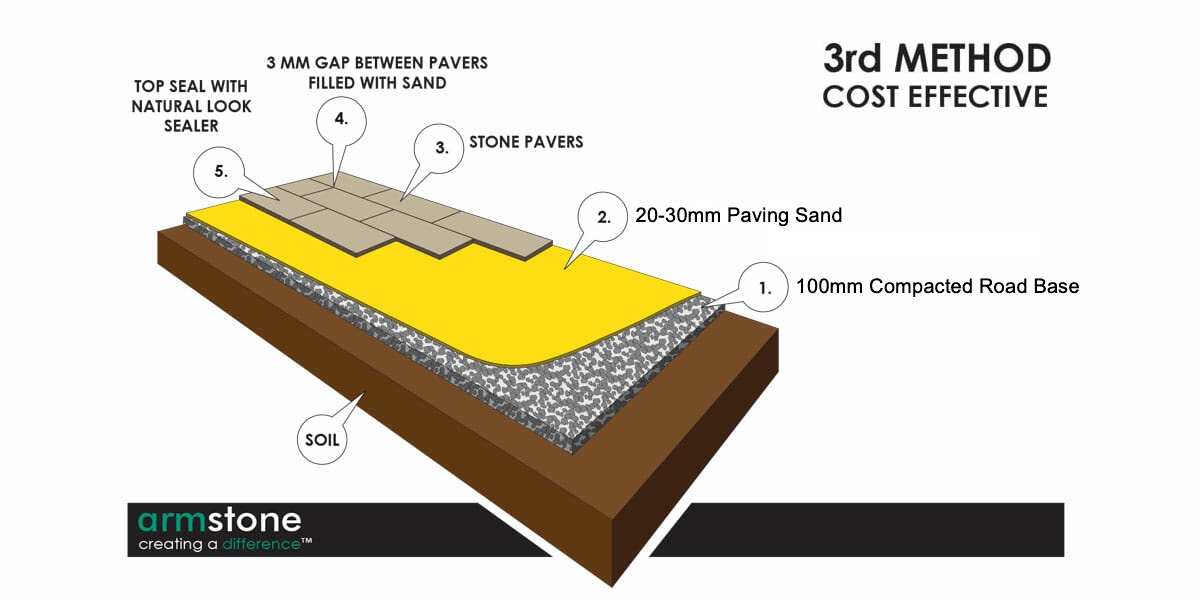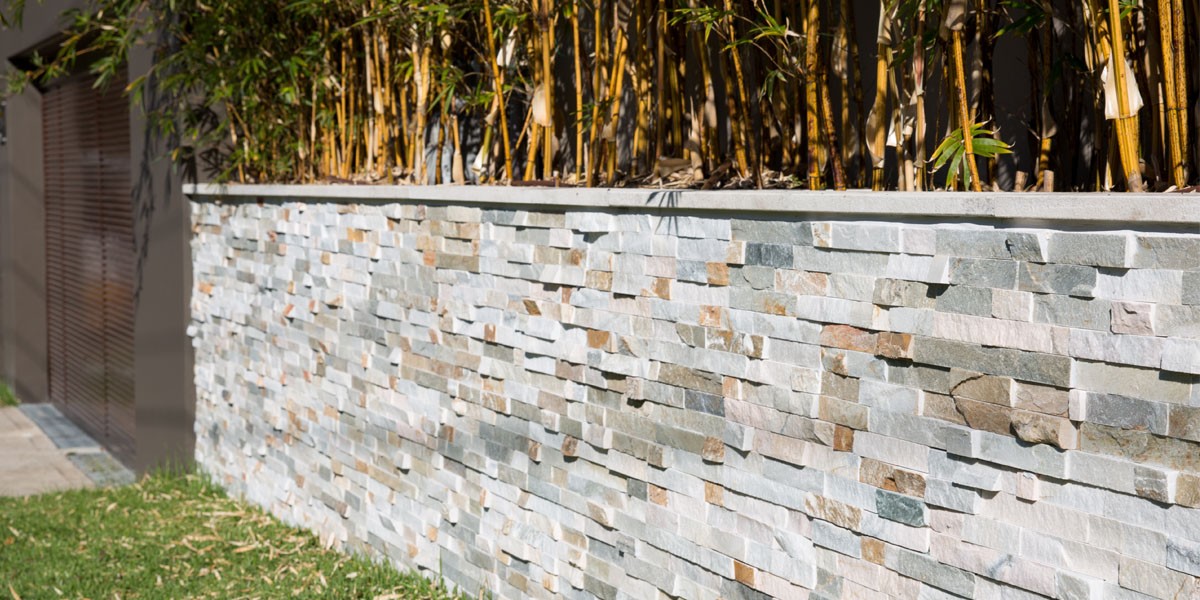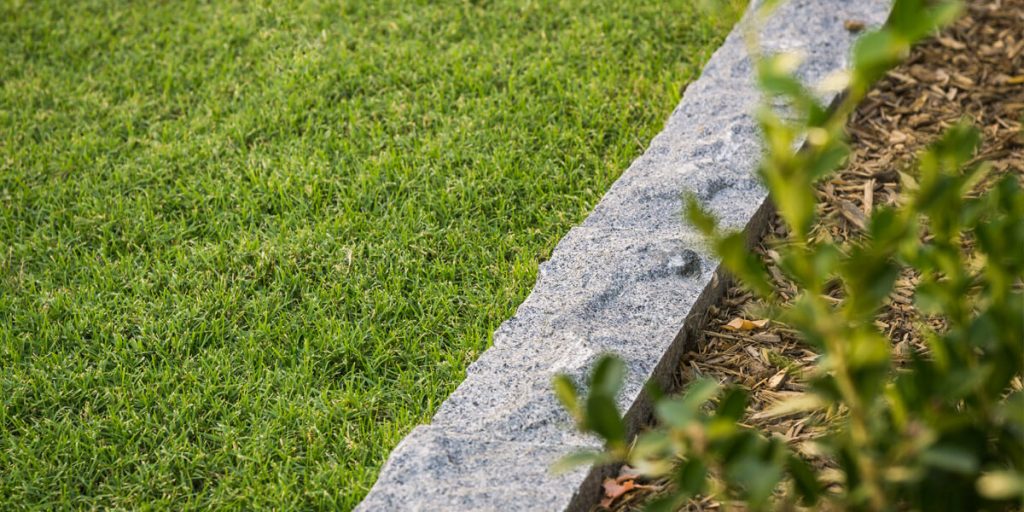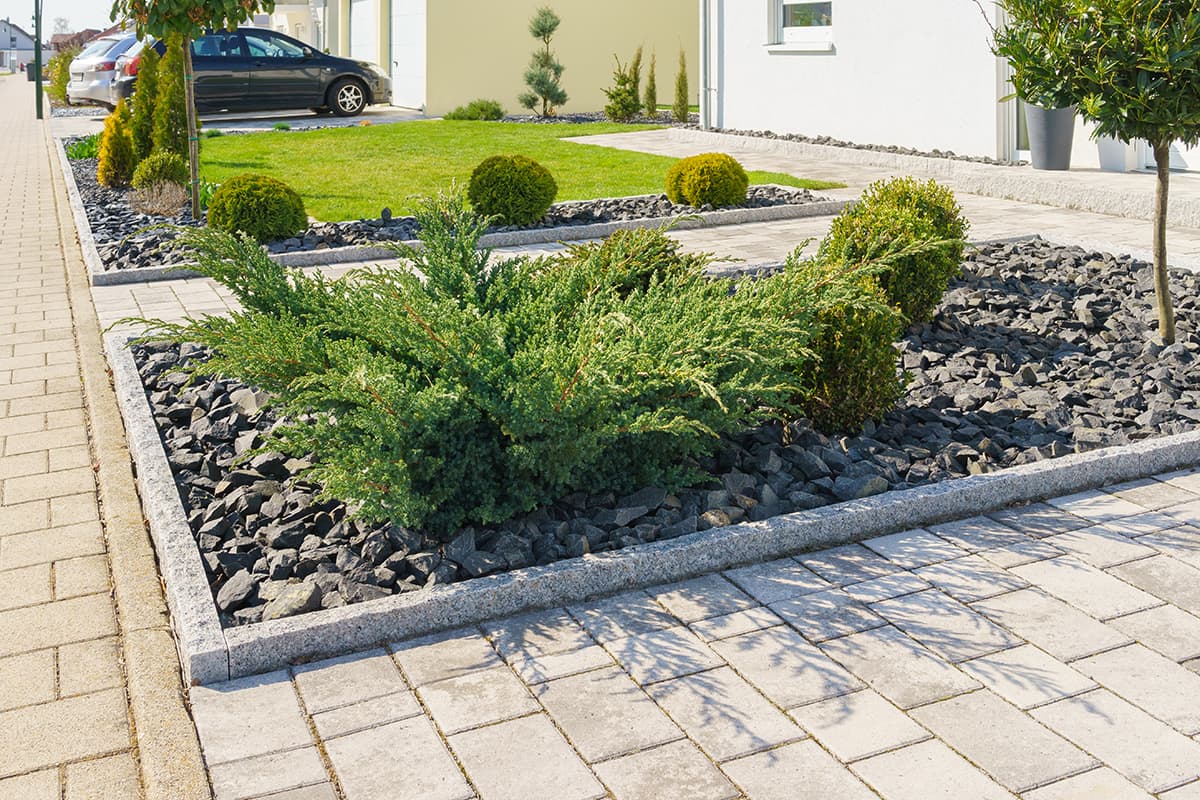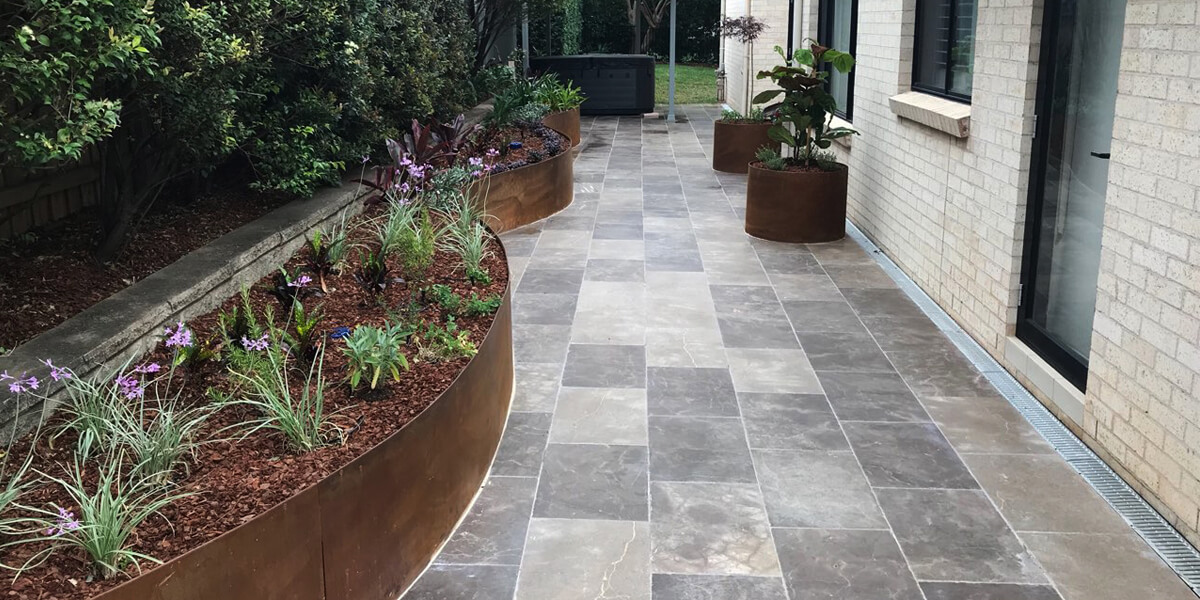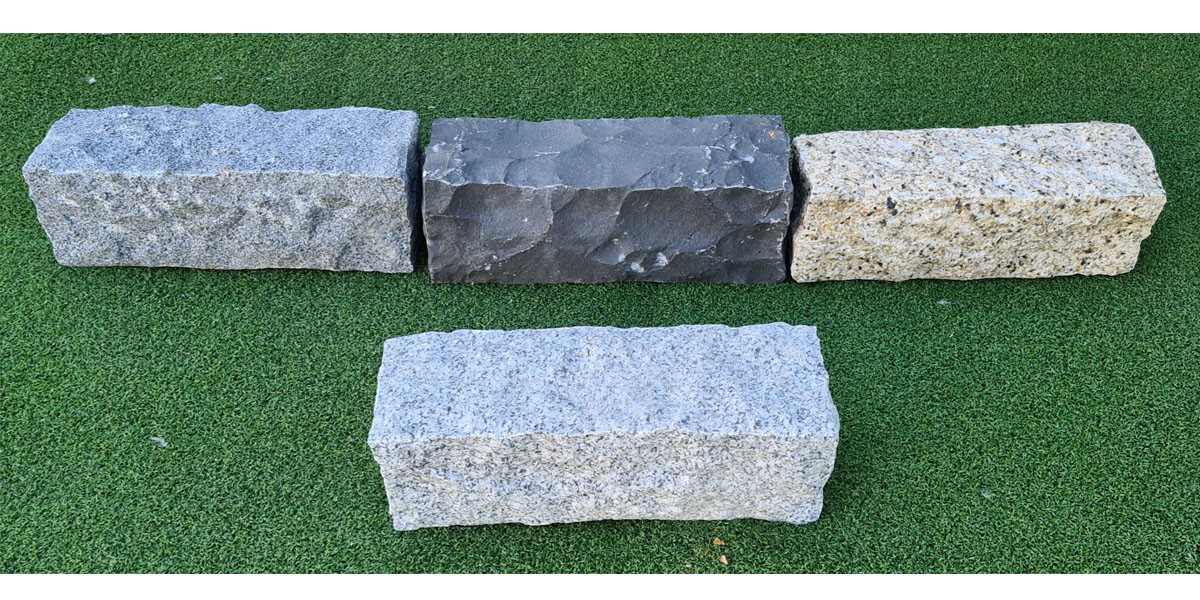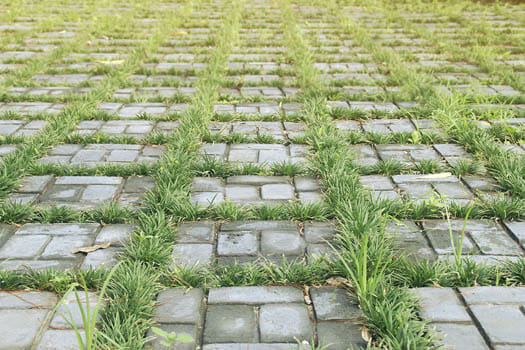
Nobody likes weeds, let alone managing them: they’re pesky, bothersome and let’s be honest, they don’t look nice at all.
However, what most people don’t realise is that the reason weeds grow in the first place is because the area is neglected, giving them a chance to grow.
If this is news for you, you wouldn’t be the first.
Weeds tend to find the way through the most awkward spaces in the garden and typically the ones we tend to notoriously neglect -like the gaps between stepping stones or between borders.
While banishing weeds completely is the ideal goal, it isn’t easy. Instead, there are a few tried and tested methods that you can apply to keep them at bay.
In the article below, we have a look at a few of them.
Control by design
Now, if you’re starting from scratch and currently designing your garden, you’re at a huge advantage.
Why?
Well for starters, you can design your garden in such a way that limits the areas for weeds to grow. How do you achieve this? Preparation is absolutely essential! You can do this by laying a barrier under pavers or between the fence posts. Another solution is using weed block instead of plastic as it’s easier to handle and much less likely to puncture.
Another way to avoid weeds altogether is by constructing the stone pavers correcting and planting ground-cover between the pavers as a way to crowd out weeds.
Choose an appropriate ground-cover
Continuing on the subject of ground-cover, while it works to crowd the space so it’s harder for weeds to grow, planting ground-cover doesn’t necessarily eliminate weeds completely.
Some weeds are stubborn and will push through regardless and if they do appear, handling them can be a big challenge.
Here we would recommend avoiding thin ground-cover because it will give weeds an excellent opportunity to grow and flourish. On the other hand, if you keep your ground-cover dense and concentrated with foliage, weeds will stand next to no chance to grow. You can achieve thick ground-cover by frequently watering and replanting foliage when the ground-cover thins. The ideal density of ground-cover would resemble a carpet but also not be so invasive that it appears that the pavers are swallowed by the foliage. Achieving the perfect balance can take a few years so be prepared to invest in it for the long haul.
When choosing plants for your ground-cover between the pavers, find ones that are tough and durable as they are more likely to withstand being trampled – occasionally or frequently – by humans and animals. Tough and durable plants also have more chance to stand the test of time and will save you the effort and resources required to frequently replant them.
You also want your ground-cover to involve as little maintenance as possible. So let’s have a look at the best plants for full sun, part-sun and shady areas.
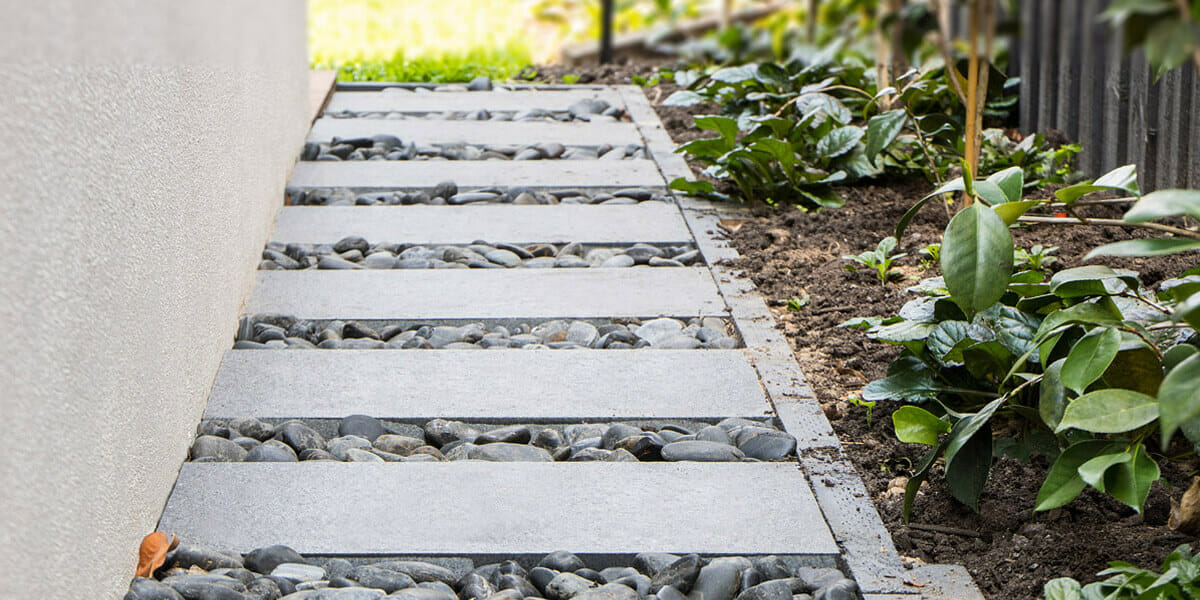
**Natural Stone Large Stepping Stones
Recommended plants
Prior to choosing which plants to install as ground-cover for your project, it’s important to consider the environment that it will grow in. Below we have suggestions for the best plants for different environmental conditions:
Ground-cover for full sun areas
- Creeping thyme – This is definitely a premium ground-cover plant! It’s petite and available in many varieties, so chances are you’ll find a version of it that best suit your needs. Something to consider with thyme is that some varieties do have spikes that can grow tall enough to stub toes and become a tripping hazard. Also, the flowers – while pretty – can attract bees (which is also good for your garden), however this might not be the ideal solution for your primary pathway or the entrance to your home.
- Dymondia – Flat and tidy with slender leaves, this plant is green on top and grey underneath which is why each leaf’s curl creates a lovely colour-variation. It’s also a low maintenance plant that requires very little watering. A perfect solution for ground-cover in full sun areas!
Ground-cover for part-sun areas
- Chamomile – The petite white daisy-style flowers definitely evoke a meadow-like ambience wherever they are planted. However, while they are extremely pretty, there is a downside. Chamomile requires moderate watering and once the flowers appear, it needs to be regularly trimmed.
- Goldmuss sedum – A dainty succulent, the lush green leaves and bright yellow flowers that bloom in spring are a tidy alternative for ground-cover.
- Jewel mint of Corsica – Though this plant also requires regular watering, the miniature green leaves strongly resemble moss. But unlike moss, as you walk along the path, the leaves will release delicious wafts of mint.
- Blue star creeper – Flat, green leaves with starry blue flowers, that despite its delicate appearance, this ground-cover is quite tough which makes it ideal for pavers with high foot traffic.
- Irish moss – Requiring virtually no maintenance and resembling moss, Irish Moss grows quickly in a uniformed texture.
- Grass – Yes, lawn grass is an excellent alternative for ground-cover, especially if pavers are large and installed with a good distance between them. However, grass requires watering, fertilising and mowing so it is considered a high-maintenance option. If you are stretched with time, it’s not recommended as a ground-cover option.
Ground-cover for shady areas
- Baby’s tears – Resembling clovers, this plant has petite, bright green flowers and with enough moisture, will run perfectly through the crevices of your ground-cover.
- Sweet woodruff – This plant has larger leaves than the others, but with small white flowers. While it makes for a pretty ground-cover, it does tend to spread very quickly so be wary when installing it in areas where you want minimum maintenance.
- Mondo grass – Fancy yourself a dark green carpet all year round? Mondo grass is perfect for you! While slow to grow, once fully grown, it’s an excellent choice for your ground-cover.
![]()
Other tips and tricks
There you have it!
A selection of plants you can install as ground-cover to keep those pesky weeds at bay.
Of course, it’s not just about what you plant, it’s also about managing the landscape, especially when it comes to weeds. Some ways you can do this is by adding mulch where possible because it prevents light from reaching the weeds and essentially acts as a suffocating blanket. An added bonus is that mulch holds the moisture in the ground that is required for the plants to thrive.
If perchance you need to pull weeds, water them first. Pulling weeds is much easier when the soil is moist and it’s much more effective as you’re likely to get the whole root system rather than just the top bit, and this stops them from growing all over again.
Regardless of how you choose to control them, everyone can agree that weeds are pesky garden fiends. So get on top of the situation early and remember, prevention is the best form of protection.
If you need any assistance or have any questions about the information above, or would like to browse our natural stone paver collection, reach out to our stone experts online or at 1300 560 560. We would love to help you bring your dream project to life!
